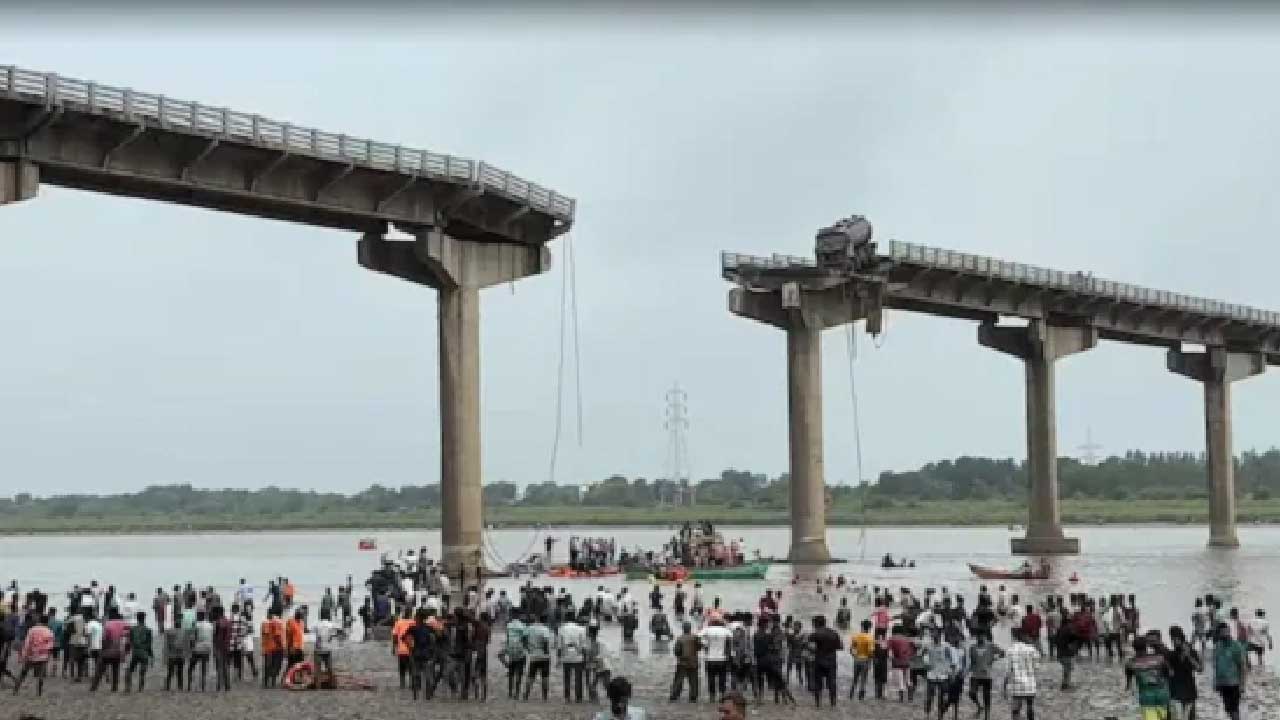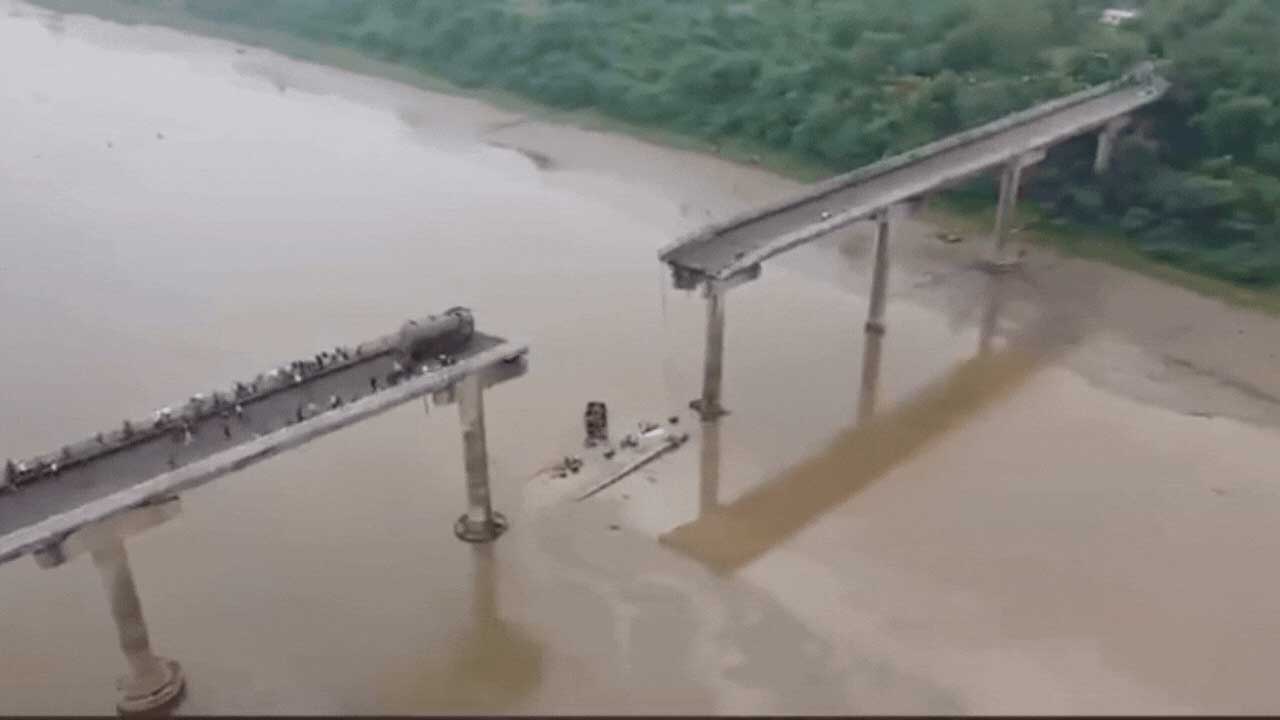- Opinion
- Gambhira Bridge Collapse: A Tragedy Foretold
Gambhira Bridge Collapse: A Tragedy Foretold

The sudden collapse of the 40-year-old Gambhira Bridge in Gujarat’s Vadodara district on July 9, 2025, has claimed at least 13 lives, with several others injured or missing. The disaster has not only exposed a deadly lapse in infrastructure maintenance but also brought to light how multiple warnings about the bridge’s unsafe condition were repeatedly ignored over the past few years.

Ignored Warnings Since 2021:The Indian Express
According to The Indian Express, local residents and village officials had been warning authorities about the bridge’s structural instability since 2021. Villagers referred to it as a "suicide point", citing visible cracks, vibrations, and expanding gaps in the structure. A 2022 letter from local panchayats explicitly warned of a looming collapse.
Unfit for Use:Times of India
A technical inspection had even declared the bridge “unfit for use”, as reported by Times of India. However, this report was buried and never acted upon

Structural integrity had dropped to 30-35%:Ahmedabad Mirror
Ahmedabad Mirror revealed that the bridge’s structural integrity had dropped to 30-35%, citing corroded steel, erosion near its foundations due to floods in 2020, and heavy overuse by container trucks and multi-axle vehicles. The bridge, built in 1985, was never designed to handle modern freight traffic. Despite minor repair work in 2023, no real action was taken to address its weakening core
Administrative Inaction for 10 years
Despite the Roads & Buildings Department having standard monsoon safety protocols, no comprehensive inspections had been carried out in the last decade. A stricter inspection policy implemented in 2024 failed to ensure enforcement on the ground.

The Gambhira Bridge collapse was not merely a freak accident, but a preventable tragedy. Years of ignored warnings, hidden inspection reports, and a lack of structural upgrades created the perfect storm. This incident now stands as a chilling reminder of India’s crumbling infrastructure—and the deadly consequences of systemic neglect.
About The Author

Lorem Ipsum is simply dummy text of the printing and typesetting industry. Lorem Ipsum has been the industry's standard dummy text ever since the 1500s, when an unknown printer took a galley of type and scrambled it to make a type specimen book. It has survived not only five centuries, but also the leap into electronic typesetting, remaining essentially unchanged. It was popularised in the 1960s with the release of Letraset sheets containing Lorem Ipsum passages, and more recently with desktop publishing software like Aldus PageMaker including versions of Lorem Ipsum.






















